In a groundbreaking breakthrough, researchers have developed tiny robots that can swim through blood vessels, deliver life-saving drugs directly to the affected areas, and then dissolve harmlessly into the body. The technology, still in its infancy, has the potential to revolutionize the way doctors administer medication, reducing the risk of toxic side effects and improving patient outcomes.
The tiny robots, measuring just a few millimeters in size, are guided through blood vessels using powerful magnetic fields. This allows them to navigate the intricate network of vessels with precision, delivering their payload of medication directly to the site of the problem. Once their task is complete, the robots dissolve into the bloodstream, leaving behind no trace of their existence.
The technology was developed by a team of researchers at the Swiss Federal Institute of Technology (ETH) in Zurich, led by mechanical engineer Bradley Nelson. The team has been working on the project for several years, and their latest results were published in the prestigious scientific journal Science.
The idea behind the project is to create a system that can deliver small amounts of medication directly to the affected areas, reducing the risk of toxic side effects. According to Nelson, around one-third of developed drugs fail to come to market because they are too toxic. "The microrobots would allow us to give smaller amounts of drugs directly to the affected areas, thereby reducing potential side effects," he explains.
The technology has already been tested in pigs and sheep, with promising results. The robots have been shown to navigate the blood vessels with ease, delivering their payload of medication with precision. The team is now planning to trial the technology in humans, with the aim of using it to target stroke-causing blockages.
The potential impact of this technology is vast. Imagine being able to deliver medication directly to the site of a tumor, reducing the risk of side effects and improving patient outcomes. Or picture a future where doctors can use tiny robots to deliver medication directly to the heart, reducing the risk of heart failure.
The technology is still in its early stages, but it has the potential to revolutionize the way we administer medication. As Nelson notes, "The system has yet to be trialled in people, but it shows promise because it works in a roughly human-sized body, and because all its components have already been shown to be biocompatible."
The development of this technology is a testament to the power of innovation and the potential of human ingenuity. As we look to the future, it's clear that this technology has the potential to change the face of medicine forever.
In the words of Nelson, "This technology has the potential to revolutionize the way we administer medication, and we're excited to see where it takes us." With the potential to improve patient outcomes and reduce the risk of toxic side effects, this technology is a game-changer in the world of medicine. As we move forward, it will be exciting to see how this technology evolves and the impact it will have on the lives of patients around the world.



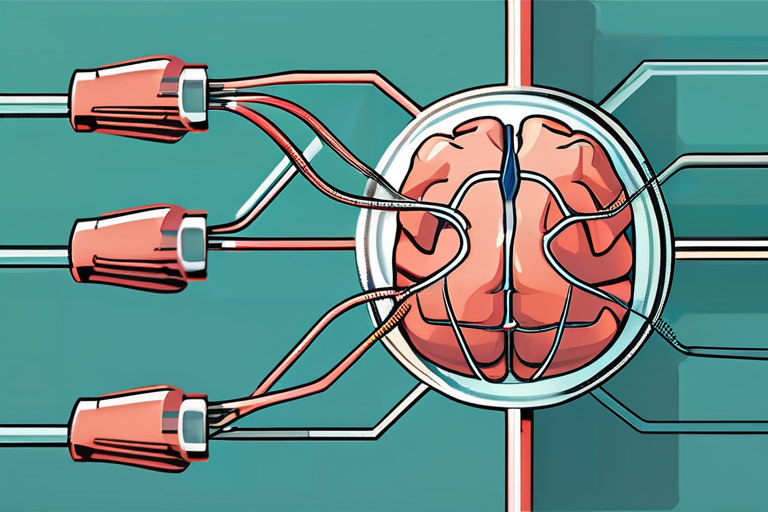

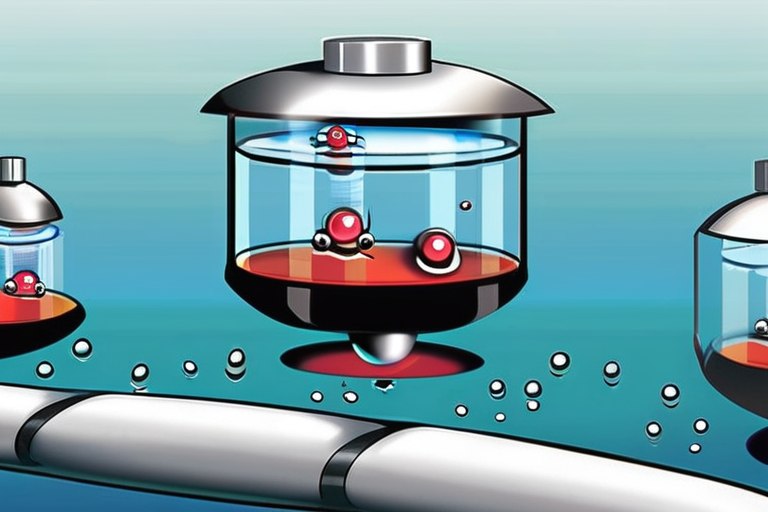
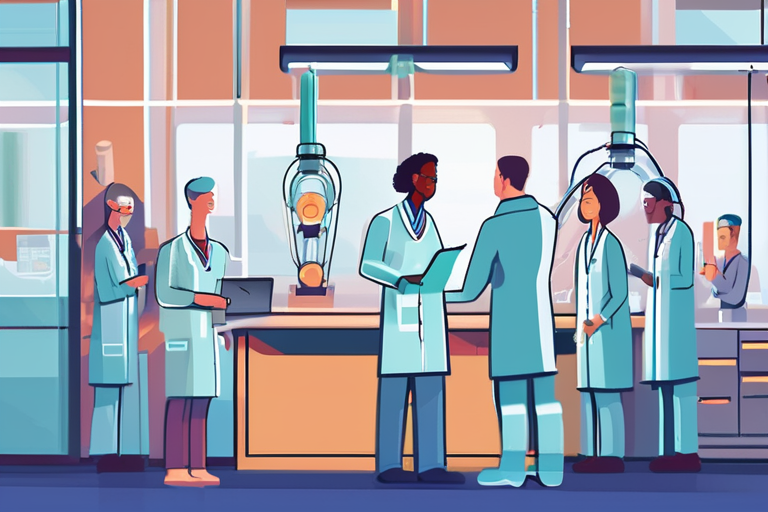
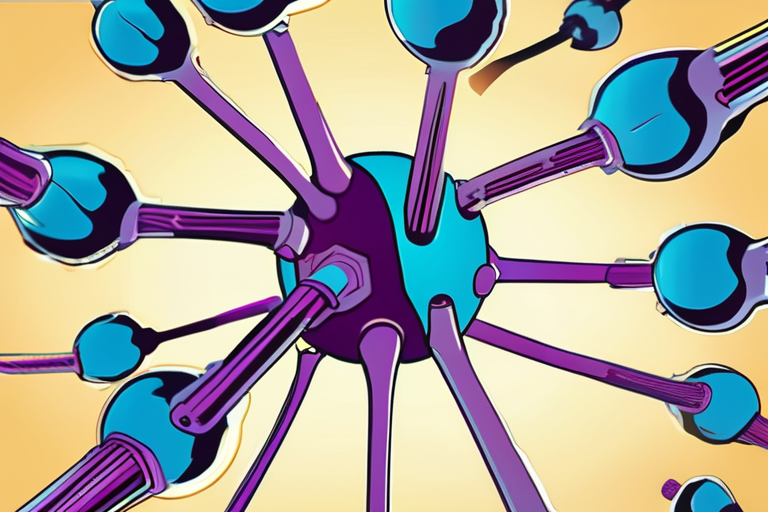
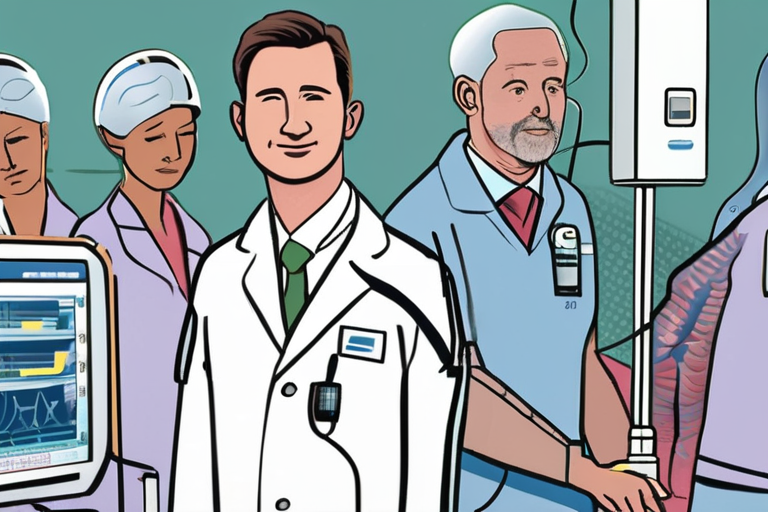


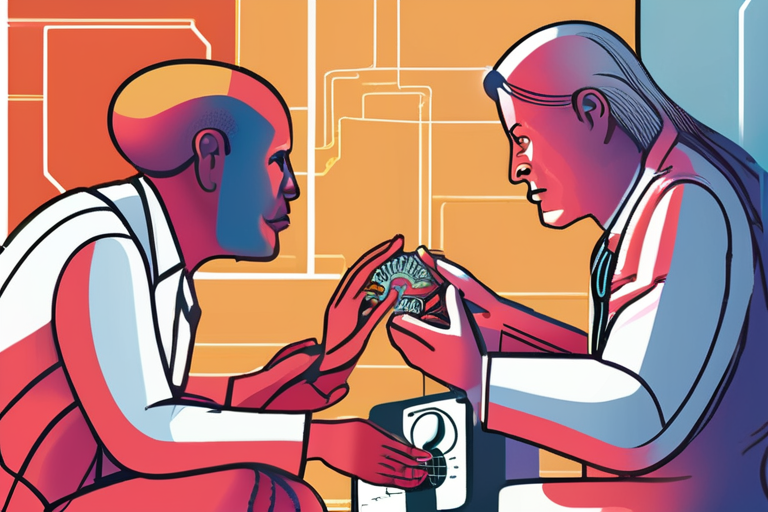



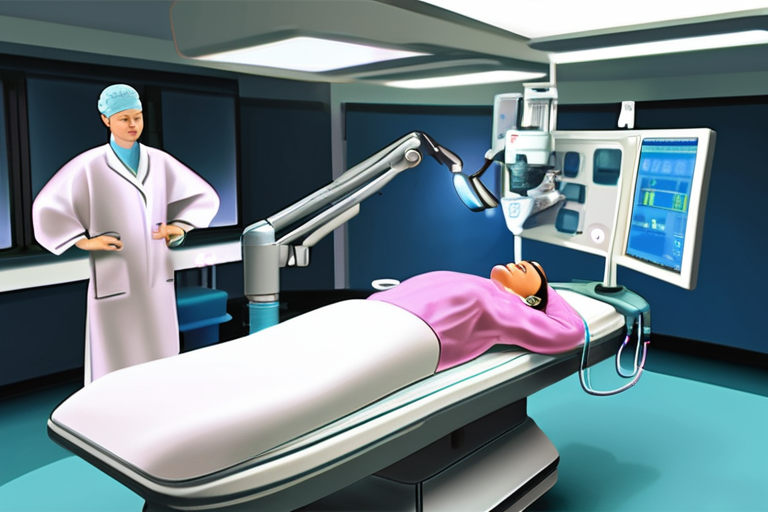

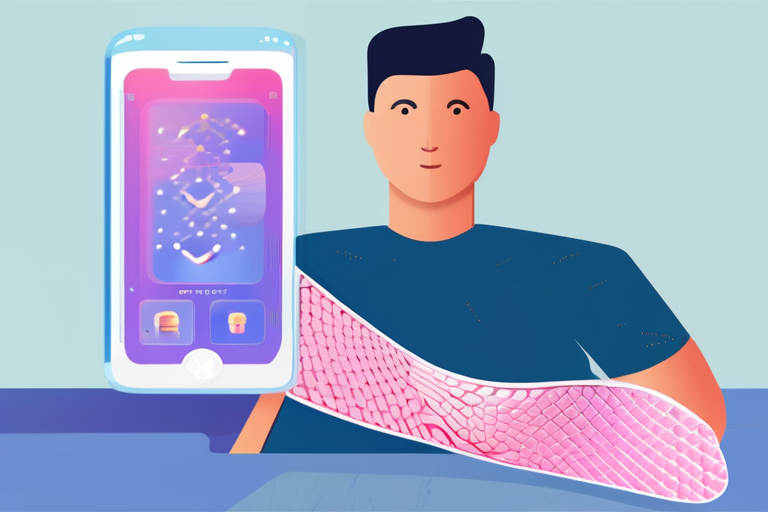


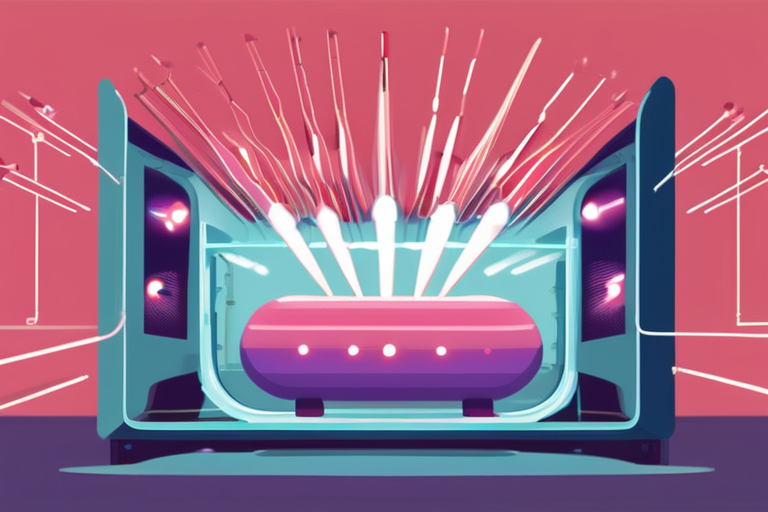


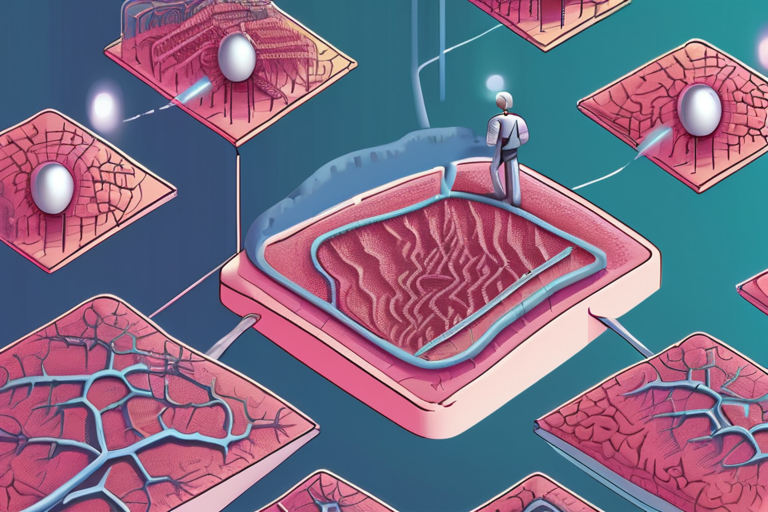
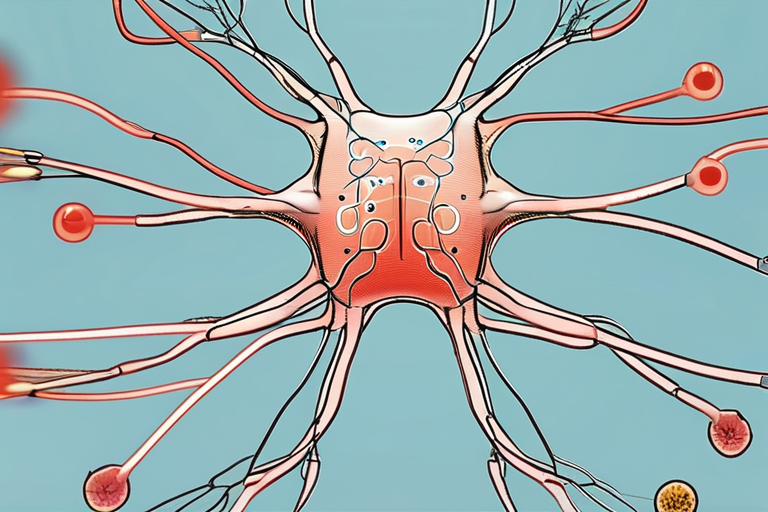
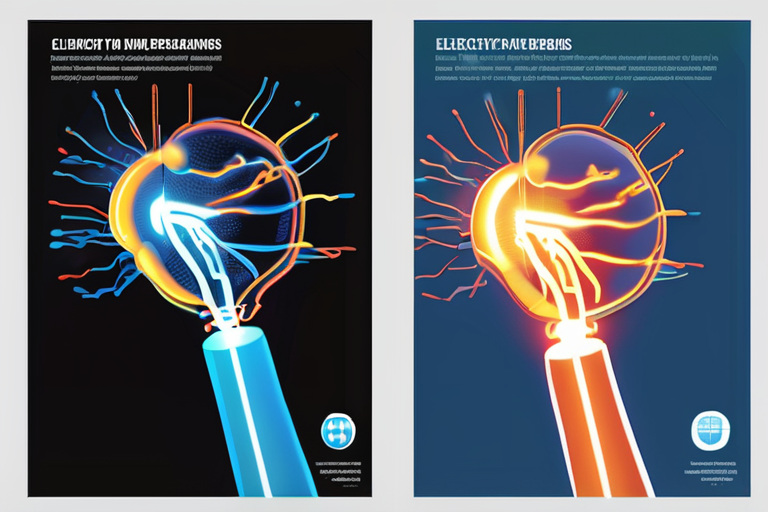
Share & Engage Share
Share this article